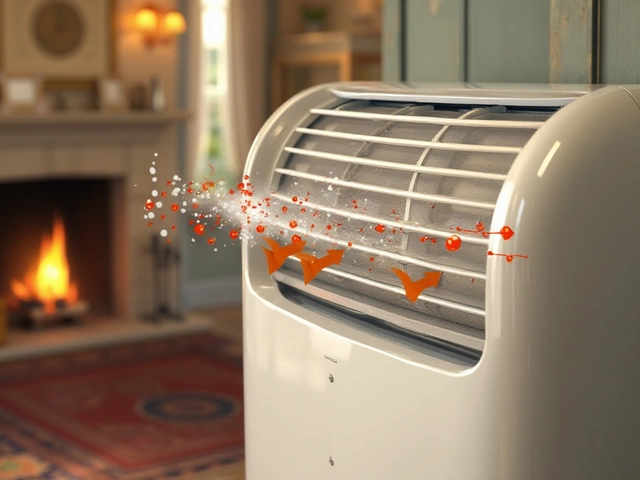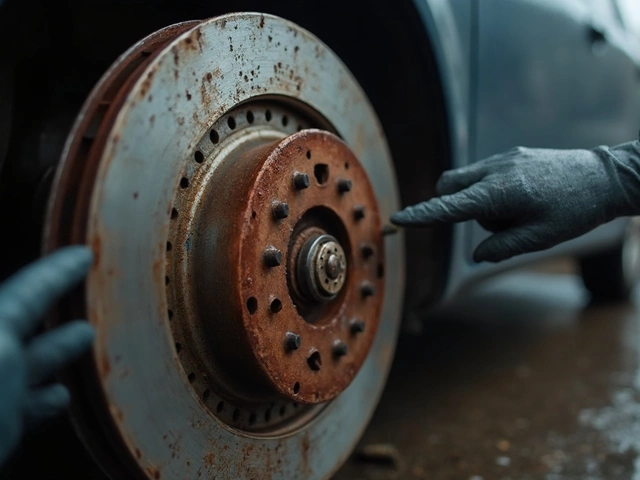If you think skipping your car’s air filter swap is no big deal, let’s talk numbers: clogged air filters can drop your gas mileage by up to 10%. That may not sound wild at first, but when you’re dashing around town like I do—groceries, school runs, weekend adventures—you’ll feel it in your wallet fast. Think about your lungs for a second. Would you want to breathe through a dusty sock all year? Your car’s engine feels the same. Give your ride fresh air and you’ll both get where you want to go, minus the wheezing.
Why Air Filters Matter More Than You Think
Behind every smooth drive, there’s a car engine that depends on clean air. That’s the whole gig for your air filter: it catches dust, pollen, and grime before they sneak into the engine. Pop the hood on any busy family’s car and you’ll see what I mean—just ask Poppy and Theodore about the time we found a leaf in our filter during a picnic weekend! Here’s something most folks miss: every gallon of gas burned needs about 10,000 gallons of air to keep that engine running smoothly. That means even a thin layer of crud on the filter messes up the air-fuel balance. Compromise that, and, before you know it, you’re burning more fuel, sputtering on hills, or even lighting up that tiny engine light we all love to ignore.
Toss in the allergy angle—dirty filters let in allergens, which blow through your vents (hello, sneezes). For folks with asthma or little ones who seem to catch every cough, this is more than just a performance issue. Even big names agree—according to the Car Care Council, “Replacing a clogged air filter can improve acceleration time by around 6 to 11 percent.”
According to a Consumer Reports study in 2022, “Swapping out a dirty engine air filter is one of the cheapest and quickest ways to restore lost horsepower and fuel economy.”
Here’s the kicker: air filters cost way less than a tank of gas, but skipping replacements costs you—more fill-ups, sluggish rides, even ugly repair bills. Clean air is the gift your car didn’t know it needed, and giving it can save you headaches and money.
The Golden Rule: How Often Should You Change That Air Filter?
The answer isn’t a one-size-fits-all sticker. Most car makers say swap the engine air filter every 12,000 to 15,000 miles, or once a year—whichever comes first. But modern life isn’t always textbook. If you drive through a lot of dust, city smog, or pollen storms (allergy season—the gift that keeps giving!), you may want to check it every 6,000 miles. On the other hand, if your driving is mostly highway, cruising in clean air, that original filter might keep going strong. There’s a simple roadside test: hold the filter up to a bright light. If you can’t see the light poking through, time for a change. Easy, right?
Manufacturers can differ a bit, so here’s a quick reference:
| Car Make | Suggested Interval |
|---|---|
| Toyota | Every 15,000 miles |
| Honda | Every 12,000-15,000 miles |
| Ford | Every 15,000-20,000 miles |
| Chevrolet | Every 12,000-15,000 miles |
| Nissan | Every 15,000-30,000 miles |
But let’s get real—environment and habits matter more. If you drive the kids to soccer next to construction sites or wind down country roads where dust follows you home, filters clog faster. My family lives near maple trees, which means we fight pollen and seeds in spring, and, trust me, I peek at our filters way more than once a year. Visual checks always win over blind faith. If the thing looks grungy, dark, or is stuffed with crumbs and leaves (ask Theodore about our squirrel incident), time for a swap.

Watch for These Signs: Is It Time to Change?
You don’t need to be a mechanic to catch the red flags. If you spot any of these symptoms, your filter deserves a look:
- Sluggish acceleration or the car feels like it’s working harder
- Weird engine noises when idling (sometimes it sounds a bit wheezy or choppy)
- The check engine light pops on out of the blue
- Noticeable drop in fuel economy (fewer miles per tank)
- A dirty, almost gray-black filter on inspection
- Odd smells coming from your vents, especially on recirculate mode
Here’s a tip: If your car manual lives in the glovebox graveyard, many auto shops check the filter for free during routine maintenance. They’ll even show you what a filthy filter looks like next to a new one. If you’re feeling handy, most engine air filters are a few screws away—pop, swap, done. I started swapping ours after Poppy’s allergies flared up last spring and was honestly surprised by how much gunk hid in plain sight.
Changing Your Car’s Air Filter: Step-by-Step Tips
You probably don’t need a toolbox the size of your trunk, or hands like a mechanic. Here’s a simple way to keep your car’s air filter fresh without breaking a sweat:
- Turn off your engine (safety first!) and pop the hood.
- Find the air filter box. In most cars, it’s a black plastic case near the engine.
- Unclip the top or undo the screws. Use a basic screwdriver if needed.
- Lift out the old filter. Take a good look—dirty? Time for a new one!
- Wipe out any leaves or debris from the filter box. This takes seconds but matters.
- Slide in the new filter, making sure it fits snugly.
- Close the air filter box, secure the clips or screws.
And just like that, you’re done. The whole swap can take five minutes, less if there aren’t toddler distractions or a curious cat underfoot. Filters cost between $15 and $30 for most cars. If a shop asks for way more, ask to watch—it’s a job you can totally DIY. Bonus tip: jot down the date and mileage when you change it. Even snapping a quick photo works. It’ll help when life blurs together, and you’re trying to remember if it was last spring or the one before that you swapped it out.

Pro Tips and Myths Busted: Making the Most of Your Air Filter
Let’s clear up a couple of things. You don’t have to buy fancy “high performance” filters for daily driving. Unless you’re racing on weekends, the standard paper or cotton filters are built for your car. Reusable filters sound eco-friendly, but they need proper cleaning and drying—if you skip steps, they can let dust slip through or gum up the works with too much oil. If you don’t want extra chores, stick with tried-and-true disposable filters.
Don't get talked into swaps every 3,000 miles. That’s just not needed for most folks—a cash grab, really. The only exception? If you drive on unpaved roads every day or in constant construction. As always, trust your eyes. A quick check is your best bet. For people with allergies or sensitive noses, swapping more often is a smart move, especially during spring and autumn.
One more thing: you can usually swap the car air filter and the cabin air filter at the same time. The engine air filter protects the power under the hood, while the cabin filter keeps the air inside your car cleaner. Both matter if you want your car—and everyone riding in it—to breathe easy, season after season. I keep a filter in the trunk; you never know when you’ll need it, especially with kids, snacks, pets, and whatever else life throws at you pressing up against that schedule.
So, next time you grab an oil change or check your wipers, sneak a peek at your air filter. Your car works best when it breathes best. An easy, cheap swap that saves you fuel, headaches, and those mortifying moments at the mechanic. Clean air: it matters for everyone, even your car.




